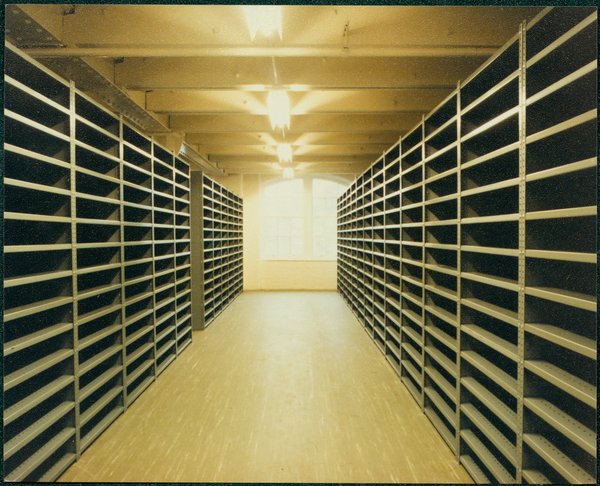About Tyne & Wear Archives
About Tyne & Wear Archives
Tyne & Wear Archives is the home of the region’s documentary heritage – a place where centuries of local history are preserved, cared for, and shared with the public. Based at the Discovery Museum in Newcastle upon Tyne, the Archives holds millions of documents, photographs, plans, and records that tell the story of the North East – from medieval charters and shipyard plans to family papers, hospital records, and council minutes.
Early beginnings: Newcastle City Archives
The story of Tyne & Wear Archvies begins in Newcastle after the Second World War. In 1948 the city appointed its very first City Archivist, Miss Joan Fawcett, to take care of historic records that until then had been stored in the Town Clerk’s office and the old muniment rooms of the Town Hall. She was followed in the 1950s and 60s by a succession of dedicated archivists – including Elizabeth Halcrow, Michael Cook, Michael Willis-Fear, Bill Young, and Keith Bishop – who oversaw the cataloguing of collections, opened new search rooms, and tried to find permanent homes for the growing volume of records.
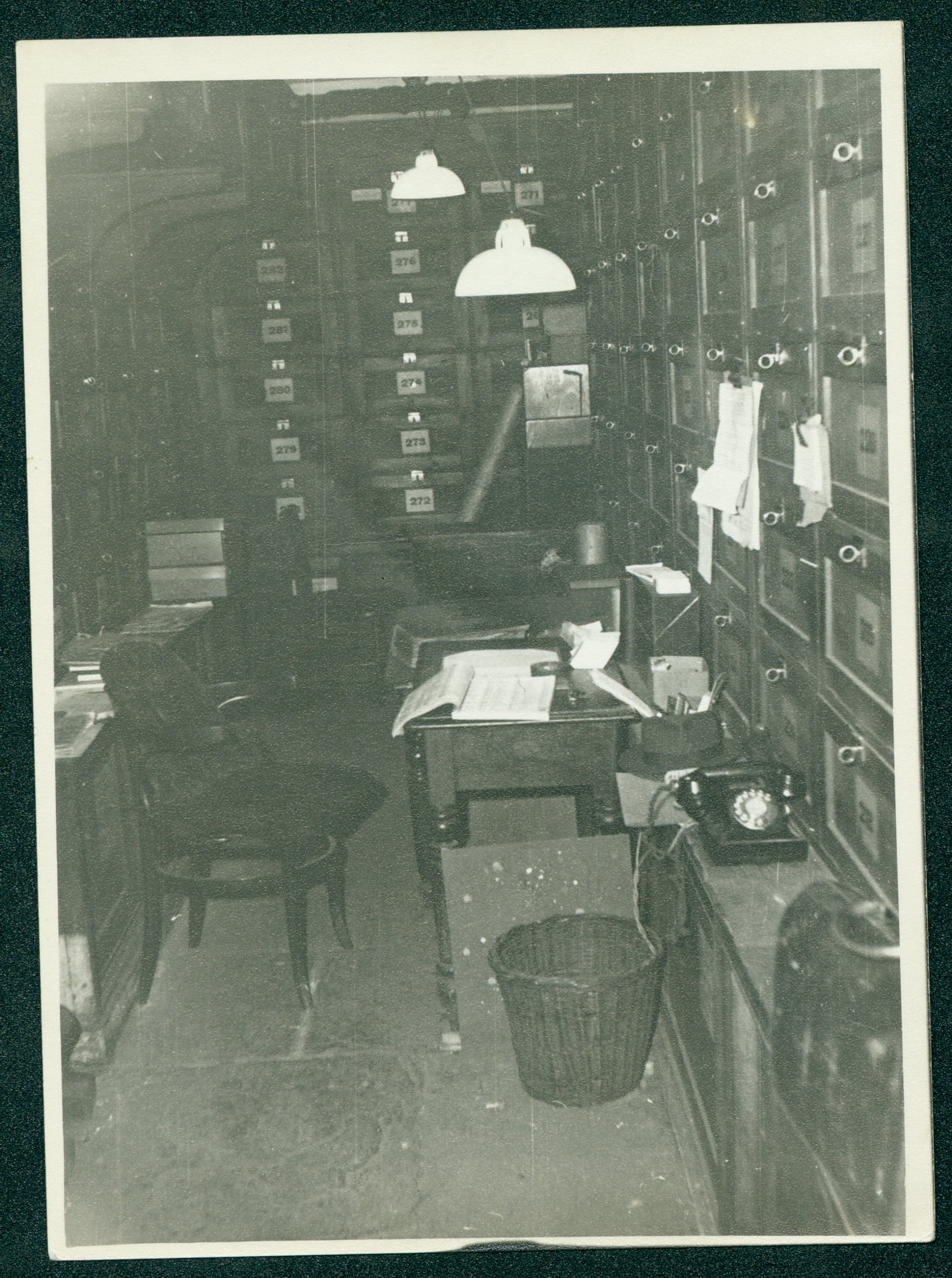
For much of this period, archives were stored in rather makeshift conditions: in the basement of the Old Town Hall, at Saville Place, in muniment rooms scattered across council offices, and later in the Civic Centre. By the late 1960s, there were even plans to create a purpose-built record office at Blackfriars, but these were never realised due to budget cuts.
Archives in North Tyneside
Meanwhile, on the coast, a separate tradition of archive-keeping was developing. From the 1950s, Longbenton District had its own archives committee, led by the historian Dr Brookes. Later, in the 1970s, North Tyneside Archives was formally established in North Shields, first under Tynemouth Council and later as part of the newly formed North Tyneside Metropolitan Borough. Archivists such as Nigel Yates and Ann Kent helped care for collections that eventually joined the main Tyne & Wear Archives at Blandford House in the 1980s.
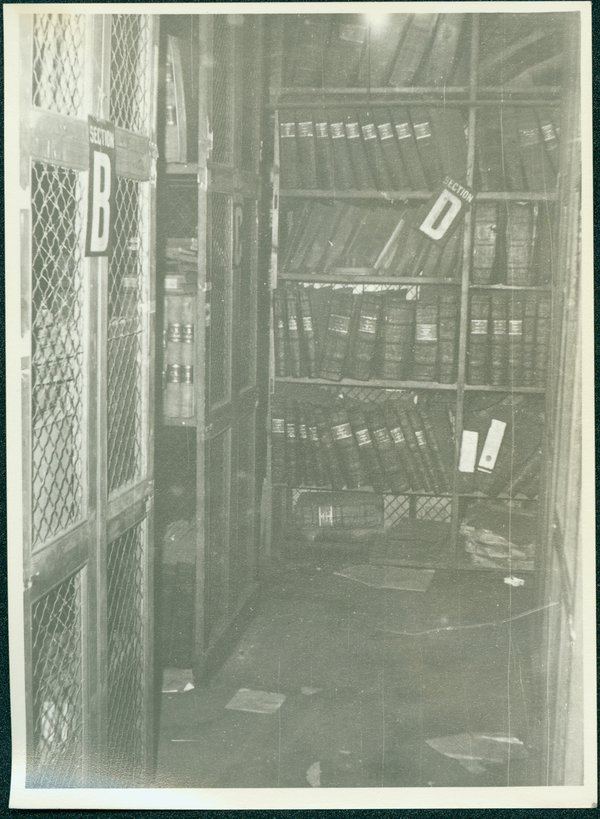
The birth of Tyne & Wear Archives Service
The real turning point came in 1974, with the creation of Tyne & Wear County Council. A new county-wide archives service was set up to bring together records from Gateshead, Newcastle, North Tyneside, South Tyneside, and Sunderland. The first Chief Archivist was Dr Alan Seaman, formerly of Durham County Record Office. At first, the service had no permanent home and operated from temporary premises at Pilgrim Street, before moving in 1977 into its current base at Blandford House, alongside the Discovery Museum.
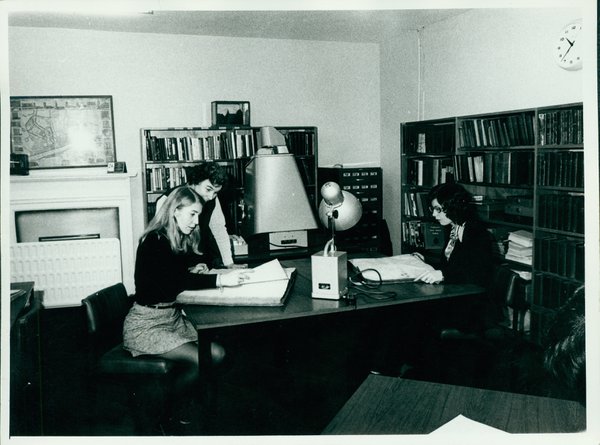
The 1970s and 80s were a period of rapid growth: new records poured in from local authorities, courts, businesses, and families, while an education officer and conservation team were added to support schools and preserve fragile documents. The service also pioneered regional film archiving, which later developed into the Northern Region Film and Television Archive.
When Tyne & Wear County Council was abolished in 1986, the Archives continued under a joint arrangement, with Gateshead acting as lead authority. In 2009, responsibility passed to Newcastle City Council, and today the service forms part of North East Museums (formerly Tyne and Wear Archives and Museums).
Recognition and achievements
Tyne & Wear Archives has been recognised nationally and internationally for the significance of its collections. In July 2013, the Archives’ world-renowned shipyard collections were added to the UNESCO Memory of the World Register. UNESCO highlighted that:
‘The shipbuilding collections deposited at Tyne & Wear Archives are the major source of information on the many shipyards in the North-East of England that helped to shape the unique identity of the region and made shipbuilding one of the key economic activities on Tyneside and Wearside. The records are strong in both breadth and depth, and no other archive in England and Wales appears to hold such a wide and comprehensive range of material.'
Later that same year, in December 2013, Tyne & Wear Archives was among the very first group of UK record offices to be awarded Accredited Archive status by The National Archives – a mark of excellence in managing, preserving, and providing access to archives.
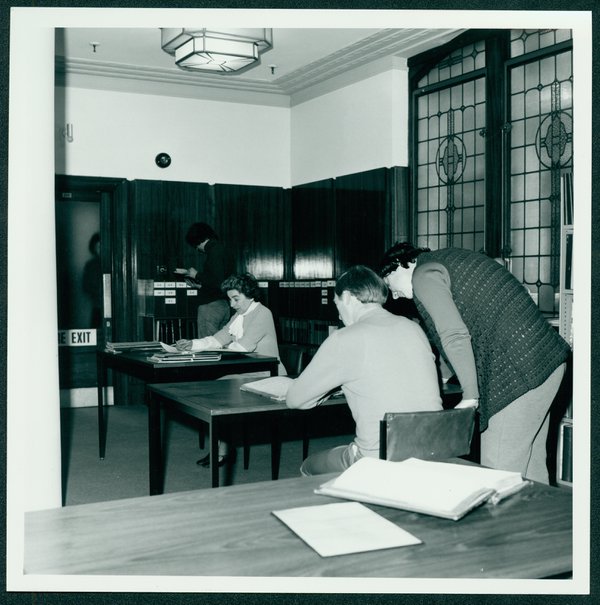
Collections and records
The Archives holds over 12 miles of shelving filled with records that document life in Tyne and Wear from the 12th century to the present day. Some of the key collections include:
- Shipbuilding and engineering – including the world-class records of the Swan Hunter shipyard, Vickers Armstrong, William Doxford & Sons, and other firms that made the North East a centre of global shipbuilding. These plans, photographs, and technical administrative records are recognised by UNESCO as being of international importance.
- Local government and civic life – council minutes, rate books, planning files, and other official records from Gateshead, Newcastle, North Tyneside, South Tyneside and Sunderland, documenting how communities were, and are, governed.
- Health and welfare – hospital and asylum records, poor law union archives, and records of charities and social organisations, providing insights into public health and social care.
- Courts and crime – records from quarter sessions, magistrates’ courts, and prisons, revealing the workings of law and order in the region.
- Business and industry – archives of coal companies, shipbuilders, engineering firms, and other industries that shaped the economy and identity of the North East.
- Family and personal papers – letters, diaries, photographs, and estate papers that tell the human stories of the region’s history.
- Records of Catholic and non-conformist churches – baptism, marriage, and burial registers, and other material essential for family historians.
- An evolving record of the North East Jewish community - these holdings include synagogue administrative and organisational records, minutes from the Representative Council of North East Jewry, cemetery documentation, Chevra Kadisha (burial society) archives, dozens of oral history interviews from community members, educational materials, and a rich cache of business, cultural, charitable and leisure-related archives.
Together, these collections form one of the most comprehensive regional archives in the UK, serving researchers of all kinds – from academics and students to family historians, artists, and local communities.
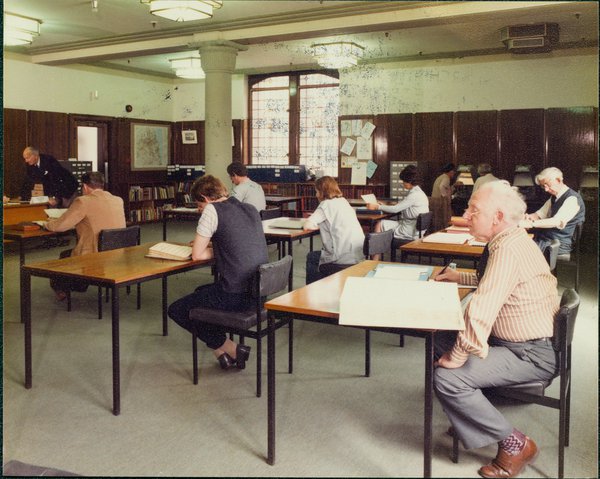
Recent years
Since the 1990s, successive Chief Archivists and Heads of Service – Bruce Jackson, Liz Rees, Carolyn Ball, and Lizzy Baker – have guided the Archives through changing times, introducing computerised catalogues, digital access, and new ways of working with schools, universities, and communities.
Although technology has transformed the way people use archives, the mission remains the same: to preserve the documentary heritage of Tyne and Wear and make it available to everyone, whether they're tracing their family tree, studying shipbuilding history, or researching the social history of our towns and cities.
The Archives also play a crucial role in preserving records that hold legal and administrative value, providing reliable evidence for matters such as property ownership, family history and local governance. These records are often vital in resolving disputes, securing rights and supporting legal claims, ensuring fairness and accuracy in present day decision making. By safeguarding authentic documentation of the region's past, the Archives makes a real difference to people's lives today, offering clarity, proof, and continuity where it is most needed.
A living record of the North East
Today, Tyne & Wear Archives cares for over 12 miles of shelving filled with unique records, dating from the 12th century to the present day. These collections belong to everyone in the region, and they are open to all.
From its earliest days in the basements of the Old Town Hall to its place at the heart of the Discovery Museum, the Archives has been shaped by generations of dedicated staff and volunteers – and by the communities who continue to use, support, and enrich it.
